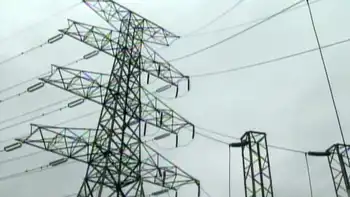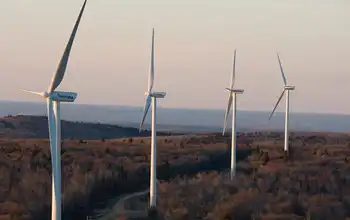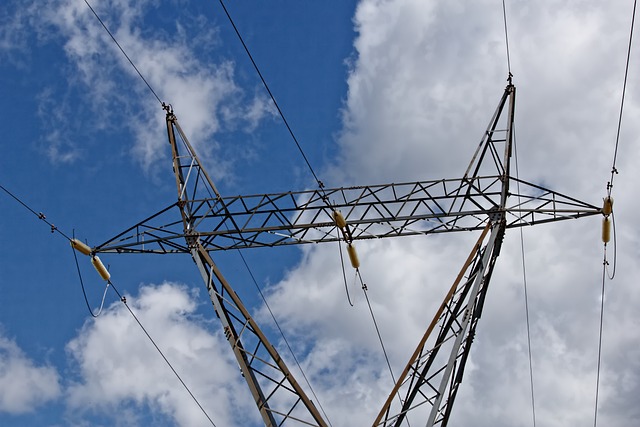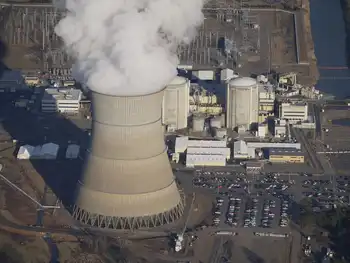Major changes in works for Canada's electrical grid
By CBC NEWS
NFPA 70e Training - Arc Flash
Our customized live online or in‑person group training can be delivered to your staff at your location.

- Live Online
- 6 hours Instructor-led
- Group Training Available
By 2020, where electricity comes from and how it gets to your door will have undergone an unprecedented overhaul. Windmills will dot the landscapes of the Great Lakes and remote B.C. Smoke from coal plants will be buried in Saskatchewan and Alberta. A massive underwater cable will feed voltage from Labrador to as far away as New England.
It's all part of a complex series of initiatives that will reformulate everything from who produces the energy that powers your stove or dishwasher, to how they produce it, to your own power consumption habits and how much you'll pay each month.
"Electricity is one of the basic fuels of the economy. Not much happens without it," says Pierre Guimond, CEO of the Canadian Electricity Association, an industry group. "So getting the basics done correctly — yeah, we've got a lot on our plates."
CBC News has analyzed hundreds of studies, contracts, reports, strategy documents, maps and statistics about the country's electrical future. Many of the details have never before been gathered and shared with the public. We've produced the first map, for example, of every major generating station that's operating in Canada today or forecast to start up by 2020. And we've calculated what it will likely cost for your electricity, based on each province's current power generation strategy — and the surprising array of companies you'll be buying it from.
To the tens of millions of North Americans who spent many hours in the dark during the blackout of 2003, the question lingers: Do we generate enough electricity to meet the growing needs of homes and businesses, and do we have a robust enough grid to stave off future outages?
In 2003, Ontario, Canada's second-largest powerhouse after Quebec, was on the brink. Its independent grid operator made doomful pronouncements about shortages, and Ontario had to import a sizeable chunk of its energy from the United States.
More recently, British Columbia has become a net importer of current from south of the border. Alberta, Nova Scotia and Saskatchewan also rely on foreign sources.
The outlook has improved, but there's still cause for caution.
Ontario now sends $400 million in electricity to the U.S. each year, while B.C. is aiming to be self-sufficient by 2016. Alberta has seen a torrid pace of generator construction, although a March report by Canaccord Genuity predicts the province's power consumption is expected to rise by an estimated 4 per cent a year, putting pressure on the amount of power available and driving prices up. On the East Coast, the hydroelectric development of the Lower Churchill River will eventually bring online enough capacity to power any one of the Atlantic provinces in its entirety.
Overall, the country's system still needs massive cash infusions.
The International Energy Agency estimates Canada will require $10 billion a year in investments in its electrical infrastructure from now until 2030. A little over half of that will go towards generation and the rest to improve the bulk transmission grid and the more modest power lines that distribute electricity to homes.
The most recent assessment from the North American Electric Reliability Corp. – which is authorized by both the Canadian and U.S. governments to ensure the adequacy of the grids in both countries and ensures there's an adequate power supply — isn't overly rosy, either. NERC says that as of 2012, Quebec "needs additional resources" on its generation side, while B.C. and Alberta still need to "accelerate … resource development" to meet their needs for 2020. Ontario, despite its scheme to bring hundreds of small-scale generation online through guaranteed rate offers, is predicted to be a "tight area."











